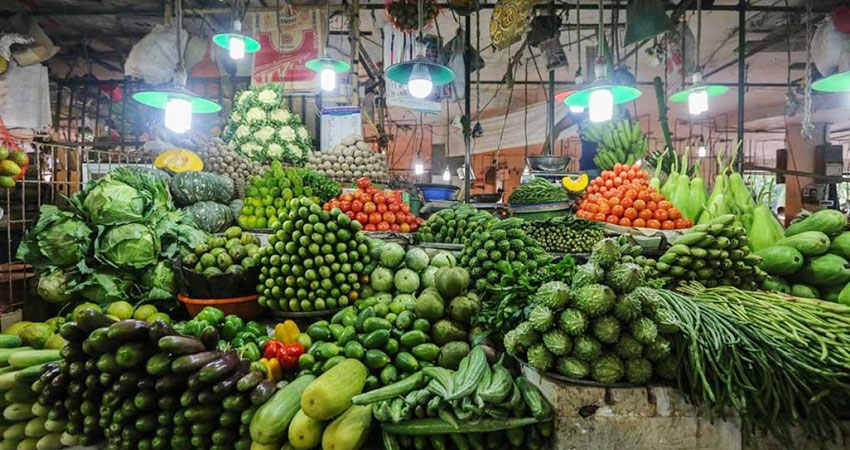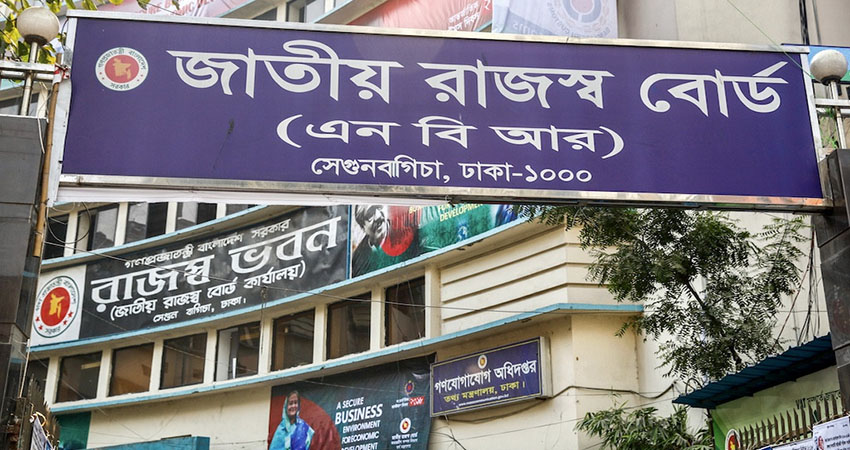A variety of autumn vegetables, including eggplants, bitter gourds, ridge gourds, sponge gourds, pointed gourds, taro stolons, bottle gourds, sweet pumpkins, and snake gourds are now available in the market.
However, consumers must quest across the market to buy vegetables priced under Tk100 on this list, as affordability becomes scarce.
Traders attributed the surge in vegetable prices to heavy rains during the first week of October, which disrupted the supply of vegetables.
Long eggplants, for instance, have witnessed a significant price increase, soaring from Tk60-70 to Tk100 per kilogram. Additionally, consumers opting for round eggplants must allocate an extra Tk20-40 per kg.
Bitter gourds, locally known as Korolla, are now priced in the range of Tk100-120 per kilogram. Sponge gourd (Dhundal), Ridge Gourd (Jhinga), snake gourd (Chichinga), and even taro stolon (Kochur Loti) are commanding prices exceeding Tk100 per kilogram.
For those who prefer smaller-sized gourds, they are available for Tk70-80 per piece, while pointed gourds are retailing at Tk80-85 per kilogram.
Even vegetables that were previously considered affordable have seen substantial price hikes. Papaya, once priced at Tk20-25 per kilogram, has surged to Tk40, and red potatoes are sold for Tk60 per kilogram. Leafy vegetables, which were previously priced at Tk12-15 before the heavy rains, now cost Tk20-25 per bundle.
Shariful Islam, a private sector employee, shared his experience while visiting Rampura bazar to purchase vegetables, expressing his concern about the soaring vegetable prices. He lamented that acquiring vegetables at a reasonable price becomes challenging, with few options available for below Tk100.
Despite government efforts to regulate the market by setting prices for essential commodities such as eggs, potatoes, and onions, the desired results have not been achieved.
Local onion prices have recently surged from Tk80-85 to Tk100, and a dozen broiler chicken eggs, once priced between Tk145-150, now cost between Tk150-155.
Md Mustafa, a Karwanabazar wholesale vegetable vendor, explained that the decrease in vegetable supply is due to the clearance of old crops from the fields after heavy rains, making room for winter vegetables. This shift in crops has resulted in higher vegetable prices.
In contrast, the Department of Agricultural Extension (DAE) reports excess cultivation of autumn vegetables this year. The targeted cultivation area was 1.22 lakh hectares, but it reached 129%. Notably, 46% of this cultivated land, equivalent to 72,000 hectares, has already been harvested.
According to officials from the Department of Agricultural Extension, numerous farmers have already harvested vegetables and cultivated Aman crops. Many are in the process of preparing their fields for winter vegetables. Consequently, the current supply of vegetables has dwindled.
According to the Bangladesh Bureau of Statistics, vegetable production during the summer season is inherently low. In contrast, the winter season yields a substantially higher output, with approximately 34.57 lakh tonnes of vegetables. The combined production of vegetables during the summer and autumn seasons, however, falls short of 15 lakh tonnes.
Vegetable prices soar, rarely found below Tk100



















